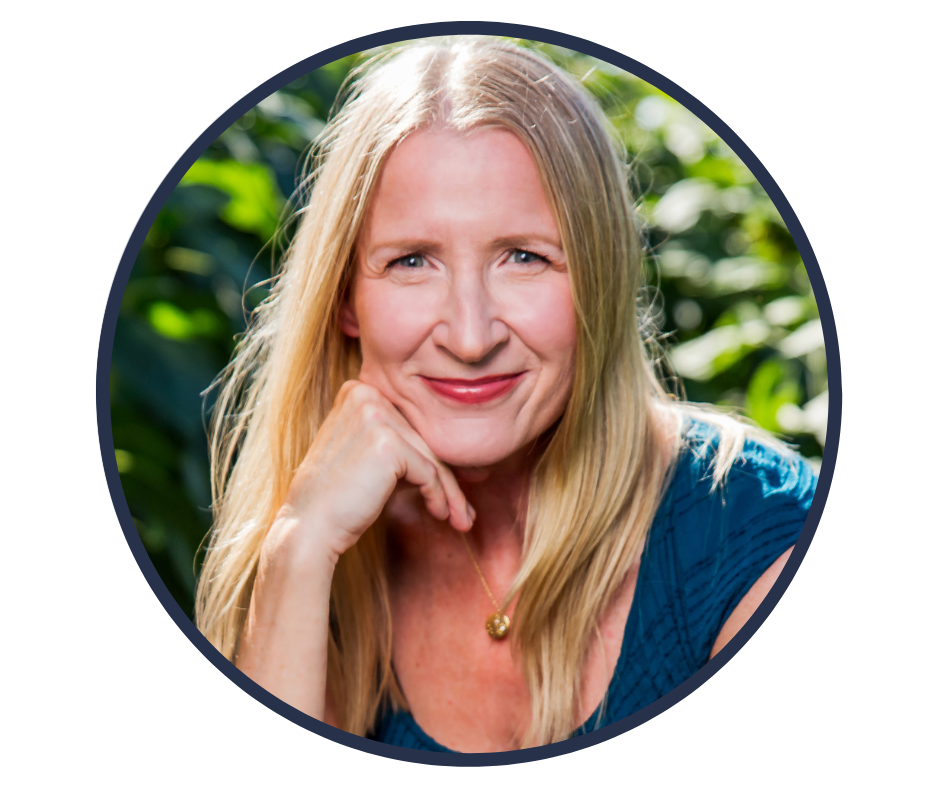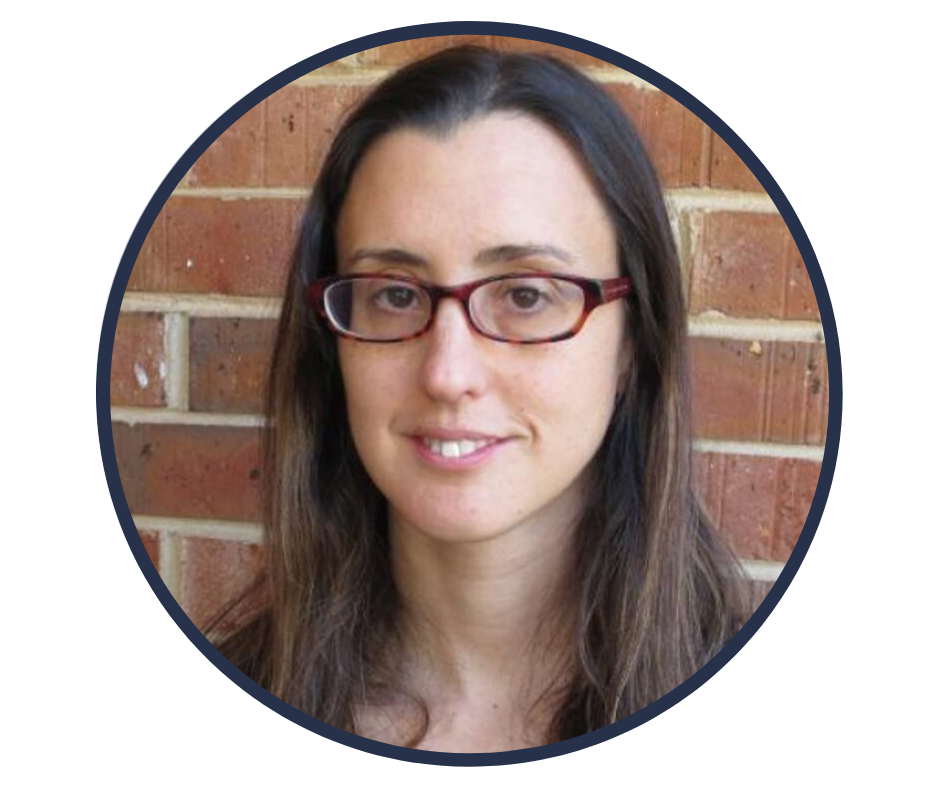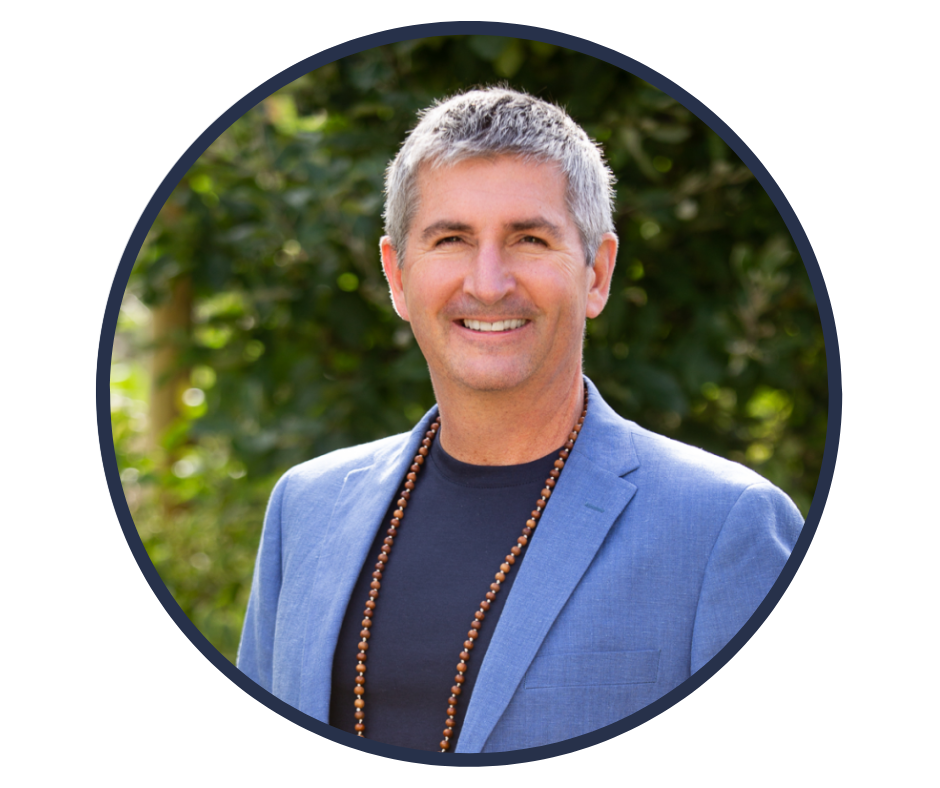Just Listen - Exploring the Lived Experience of Pain
By: Linnea Thacker, MSc(PT), DMA ∙ Estimated reading time: 5 minutes
By: Linnea Thacker, MSc(PT), DMA ∙ Estimated reading time: 5 minutes

This is the 1st blog post in a series based on the Yoga and Science in Pain Care Book Club, a 15-part course based on the book by the same title, by Neil Pearson, Shelly Prosko, and Marlysa Sullivan.
Introduction - Yoga and Science in Pain Care Chapter 1
Most of us in the health and rehabilitation professions devote our lives to helping people in pain. Many of us have taken multiple courses on pain in search of more effective tools to help our patients or clients, perhaps even here on Embodia, where there is a wealth of such offerings.
One of these offerings is Yoga and Science in Pain Care, a 15-part course based on the book by the same title. Led by the editors, Neil Pearson, Shelly Prosko, and Marlysa Sullivan, along with the contributors of each chapter, the course explores the application of yoga to pain care through the lens of our current understanding of science.
One of the great strengths of applying yoga to pain care is that it invites us to see pain not only as a medical condition, but as a human experience, and to connect with the human at the heart of that experience. We are invited to listen to and validate a person’s experience with pain, to hear their suffering and their struggles to make sense of their world. Importantly, we are invited to listen to all of this without immediately rushing in to try to fix it all. And that is where the challenge lies.
Meet Joletta
Joletta Belton is well aware of the challenges faced by health and rehab professionals when encountering an individual experiencing pain. She is the author of the first chapter of Yoga and Science in Pain Care. As a pain advocate with her own history of chronic pain, Joletta is all too familiar with health professionals’ tendencies to “listen” to a patient while formulating a response or to stop listening in order to jump in and try to fix the problem. She experienced these behaviours as a patient over and over again, as she made her way through the healthcare system.
Joletta’s Story
Joletta was a self-proclaimed badass firefighter paramedic. She reveled in the physicality of her work and spent hours at the gym in her time off. She was strong and fit, and was proud to be able to use her strength in service of her community.
One day, when stepping off the fire engine, she missed a step and experienced a twinge in her hip. A small twinge. Something that would quickly resolve on its own. Except it didn’t. Rather than resolving, it got worse.
As her symptoms progressed, she moved through different treatments, constantly seeking ever-elusive relief, “failing” physiotherapy, injections, and surgery. Along the way, she acquired a long list of labels to explain her pain: labels of damage, dysfunction, and disorders, of weakness and instability, poor alignment, poor posture, and dysfunctional movement. She also acquired a long list of “no’s”: no lifting, no running, no climbing, no awkward positions. Her beliefs around what she shouldn’t and couldn’t do expanded, but for all the rules and all the treatments, her pain didn’t diminish.
Finally, on the advice of her surgeon, she left the medical system to find her own way through her pain experience. Joletta returned to school, where she was introduced to pain science and began to make sense of her pain for the first time. She shares her whole story in the course and in the first chapter of Yoga and Science in Pain Care. Her writings can also be found on her website.
As a pain advocate, Joletta is a compelling speaker, inviting listeners in and challenging us to explore what it might be like to just listen to a story of someone in pain.
Just listen.
Without interrupting with additional questions. Without questioning whether the story aligns with our understanding of how pain or the healthcare system works (or should work). Without trying to identify problems and solutions.
Just listening.
Joletta’s invitation to healthcare providers to listen is not unique. There’s plenty of research to back her request. The remainder of this blog post will explore some of this research.
The Challenges of Just Listening
Listening to the story of someone in pain is challenging. We empathize with the person in pain and want to help. Indeed, those of us in health and rehab professions are typically trained both explicitly and implicitly to jump in and try to solve the problem. Rice et al. elucidate this trend with beautiful clarity in a compelling 2018 article “Medical trainees’ experiences of treating people with chronic pain: A lost opportunity for medical education.” In their article, they explore how their participants wrestle with not being able to fix chronic pain, and how this inability to fix the problem creates dissatisfaction and frustration when working with patients with chronic pain. They share many insightful quotes from their participants, including one from a medical resident who, reflecting upon medical training, articulates.

And yet, repeatedly, research reminds us that patients overwhelmingly want care from their healthcare professionals. In a 2019 article entitled “What makes a chronic pelvic pain patient satisfied?” Wygant et al. identified five themes amongst their patient participants’ responses.
The most commonly reported?
“Providers with a compassionate and caring attitude” (p 240).
This theme overlapped with their second, and also pervasive theme: “listening”.
Two Different Worlds
The discrepancy between the perspectives shared in these two studies might be comical if it didn’t have such devastating implications. The medical students and residents interviewed in Rice et al.’s study repeatedly commented on how physicians’ inabilities to alleviate patients’ pain led to dissatisfied patients, and in turn, physicians. Meanwhile, Wygant et al., referencing the 90 surveys from pelvic pain patients that made up their data, comment, “interestingly, very few patients mentioned the goal of pain relief in their responses. It was of significant importance to these patients to have a provider that spent a quality amount of time listening to their pain stories and believing in their pain. Empathy and kindness were integral to their satisfaction” (p. 241).
There is a stark disconnect between what our patients want from us, and not only what we believe they want, but also what is emphasized for us in our training as health and rehab professionals.
Going Beyond Patient Satisfaction
Patient satisfaction is certainly important, but it’s not the only thing that benefits when healthcare providers listen to their patients. A 2021 meta-ethnography of 195 qualitative studies identified that feeling validated is a key part of the healing process for people living with chronic pain (Toye et al., 2021). This validation can take the form of simply having one’s pain story heard and valued. Furthermore, validation can reawaken self-care abilities in the patient (Arman and Hök, 2016). In an interesting counterpoint to the medical resident’s reflection that medical training does not include how to care for patients, Arman and Hök observe that “the journey to health begins when the sufferer experiences what it is to be cared for” (p. 380).
Next Steps
So how do we begin to change our practices? We might start by listening, just listening, to the next patient who comes to us with pain. Listening to the story of who they are as a person, not as a body part to be fixed. How their life has been affected by their pain. How they are endeavouring to make sense of their pain. How they are trying to find a way forward.
Just listen.
Click here to learn more about Chapter 1
of Yoga and Science in Pain Care
or
Click here to view the complete series
References
Arman, M., & Hök, J. (2016). Self-care follows from compassionate care - chronic pain patients’ experience of integrative rehabilitation. Scandinavian Journal of Caring Sciences, 30(2), 374–381. https://doi.org/10.1111/scs.12258
Rice, K., Ryu, J. E., Whitehead, C., Katz, J., & Webster, F. (2018). Medical Trainees’ Experiences of Treating People With Chronic Pain: A Lost Opportunity for Medical Education. Academic Medicine, 93(5), 775–780. https://doi.org/10.1097/ACM.0000000000002053
Toye, F., Belton, J., Hannink, E., Seers, K., & Barker, K. (2021). A Healing Journey with Chronic Pain: A Meta-Ethnography Synthesizing 195 Qualitative Studies. Pain Medicine, 22(6), 1333–1344. https://doi.org/10.1093/pm/pnaa373
Wygant, J. N., McGuire, L. J., Bush, N. M., Burnett, T. L., Green, I. C., & Breitkopf, D. M. (2019). What makes a chronic pelvic pain patient satisfied? Journal of Psychosomatic Obstetrics and Gynaecology, 40(3), 239–242. https://doi.org/10.1080/0167482X.2018.1476486
---
Date published: 17 August 2022
Last update: 24 July 2024

MScPT, DMA
Linnea Thacker, MScPT, DMA is a physiotherapist, yoga instructor, and the founder of Nurtured Wellness. She has completed training in pelvic health and persistent pain, and is rostered with the College of Physiotherapists of Ontario to perform internal pelvic floor physiotherapy.
Linnea has been teaching yoga for a decade, and appreciates how her yoga instruction and physiotherapy work have allowed her to bring her various passions together, including working with people who are seeking greater function, comfort, and ease of movement; working with people through pregnancy and the postpartum period; and working with performing artists. In addition to a Master’s of Science in Physical Therapy, Linnea holds a Doctor of Musical Arts degree, with a research focus on ways of incorporating health promotion in music education.
When not taking additional courses or working with clients, Linnea enjoys playing with and learning from her young children, making music, practising yoga, and being outside in nature. Linnea also loves food (and cooking) and welcomes any recipe recommendations!

PT, C-IAYT, PCAYT
Shelly has been helping people recover and flourish since 1998 as a physiotherapist, yoga therapist, educator, author and pioneer of PhysioYoga, blending evidence-informed body-mind-breath-spirit-heart centered practices and principles, such as yoga, into physiotherapy with a focus on chronic pain, pelvic health, compassion in healthcare and professional burnout. She is on faculty at several therapy programs, presents at medical conferences globally, contributes to academic research and writing, provides classes, courses and resources for the general population, and offers continuing education courses and mentorship for professionals.
She considers herself a lifelong student and emphasizes the immense value gained from clinical experience and learning from those she serves, the professionals she teaches, and the colleagues with which she collaborates.
Shelly is the co-editor/author of the book Yoga and Science in Pain Care: Treating the Person in Pain and has authored numerous book chapters in a variety of rehabilitation textbooks.
She maintains a clinical practice in Sylvan Lake, Alberta and believes compassion (including self-compassion), meaningful connections, spending time in nature and sharing joy are powerful contributors to rehab and well-being.
Visit www.PhysioYoga.ca to learn more.

MPT, C-IAYT
Marlysa is a physiotherapist and yoga therapist with over 15 years of experience working with people suffering with chronic pain conditions. She is an Assistant Professor in Yoga Therapy and Integrative Health Sciences at Maryland University of Integrative Health and holds an adjunct position at Emory University, where she teaches the integration of yoga and mindfulness into physical therapy practice in the DPT program. She is also the author of Understanding Yoga Therapy: Applied Philosophy and Science for Well-being and co-editor of Yoga and Science in Pain Care: Treating the Person in Pain as well as several peer-reviewed articles.
Marlysa has been involved in the professionalization of the field of yoga therapy through the educational standards committee of IAYT, which helped to define the competencies for the field, and in characterizing the yoga therapy workforce through research. Her research interests focus on defining the framework and explanatory model for yoga therapy based on philosophical and neurophysiological perspectives.

PT, MSc(RHBS), BA-BPHE, C-IAYT, ERYT500
Neil is a physical therapist, yoga therapist, author, researcher, Clinical Associate Professor at the University of British Columbia, faculty in three IAYT-accredited yoga therapy programs, board member for the International Association of Yoga Therapists and pain care advocate. He conducts research into the effects of yoga on veterans with chronic pain and people with osteoarthritis. Neil is the recipient of awards honouring his work in pain care, patient education and physiotherapy by Queen’s University, the Canadian Pain Society and both provincial and national physiotherapy associations, including the Canadian 2021 Medal of Distinction.
Neil is a consultant to Partners in Canadian Veterans Rehabilitation Services, and to Lifemark’s 300+ clinics in Canada. Neil is a past board member for Pain BC, Canada’s premier non-profit transforming the way pain is understood and treated. He co-authored – Yoga and Science in Pain Care 2019, authored the patient education ebook, Understand Pain Live Well Again in 2008, and is lead contributor to many free patient resources offer by Pain BC.
For more information and course offerings, see www.paincareaware.com